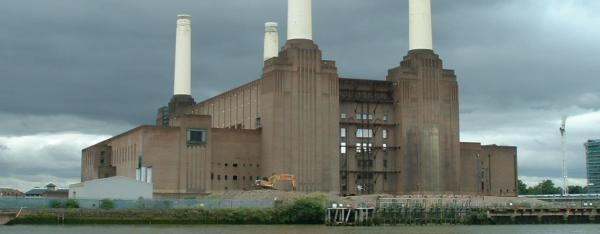
Chelsea’s interest in the Battersea Power Station site as a potential location for a future new stadium has been no secret, but the club has now officially submitted a bid for the iconic site. From the press release on its official website:
Chelsea Football Club can confirm to our fans that we have today submitted an offer, with our property development partner Almacantar, to acquire the 39-acre Battersea Power Station site.
And:
Our joint bid was submitted in accordance with the sales process established by the Joint Administrators for the site. The process could run for a number of months.
At the same time Chelsea stressed that no definite decision has been made yet about a move away from Stamford Bridge. That said, it can hardly be denied that the club has a strong preference of moving to a new location, and the remark seems to primarily have been made as not to antagonise the Chelsea fans and Chelsea Pitch Owners (CPO) association who are reluctant to bid farewell to one of the oldest stadiums in the world.
Chelsea recently presented a study that concluded that the expansion possibilities of Stamford Bridge are limited, and though the CPO has been responsive to the conclusions of the report, it has recently met with the Hammersmith & Fulham borough council to further discuss the possibilities of a stay at the Bridge.
But even if the club were to convince its fans, a relocation south of the Thames is still far from assured. First of all, Chelsea finds itself in the company of other interested bidders, and even if its bid does end up being chosen, it still faces several hurdles to overcome in terms of planning permission and funding.
However, considering the large amount of research the club has put into a possible move, it must think that its chances for a new stadium are best in Battersea.
In the same press release Chelsea also states that it intends to conserve the power station building with its four characteristic white chimneys, and that it aims for a capacity of 60,000 seats, similar to that of the Emirates Stadium and Tottenham’s proposed new stadium.
The initial plans furthermore include a 15,000-all seated one-tier stand behind the goal, according to the club the biggest of its kind, though also part of Liverpool’s tentative stadium plans. Most notable is probably that the club goes for a rectangular design with four separate stands, a deviation from the general trend in large stadium design.
Photo: © Andy Roberts